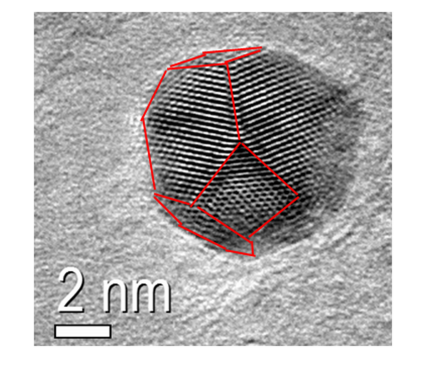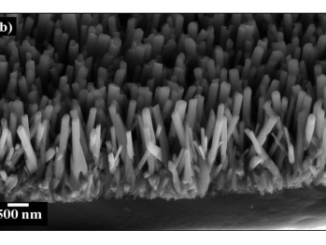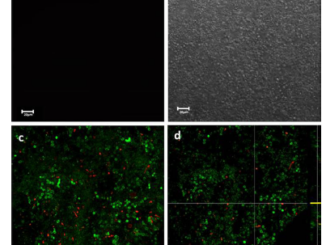
Effects of surface stability on the morphological transformation of metals and metal oxides as investigated by first-principles calculations
Abstract: Morphology is a key property of materials. Owing to their precise structure and morphology, crystals and nanocrystals provide excellent model systems for joint experimental and theoretical investigations into surface-related properties. Faceted polyhedral crystals and nanocrystals expose well-defined crystallographic planes depending on the synthesis method, which allow for thoughtful investigations into structure-reactivity relationships under practical conditions. This feature article introduces recent work, based on the combined use of experimental findings and first-principles calculations, to provide deeper knowledge of the electronic, structural, and energetic properties controlling the morphology and the transformation mechanisms of different metals and metal oxides: Ag, anatase TiO2, BaZrO3, and alpha-Ag2WO4. According to the Wulff theorem, the equilibrium shapes of these systems are obtained from the values of their respective surface energies. These investigations are useful to gain further understanding of how to achieve morphological control of complex three-dimensional crystals by tuning the ratio of the surface energy values of the different facets. This strategy allows the prediction of possible morphologies for a crystal and/or nanocrystal by controlling the relative values of surface energies.
Author(s): Andres, J; Gracia, L; Gouveia, AF; Ferrer, MM; Longo, E
NANOTECHNOLOGY
Volume: 26 Published: OCT 9 2015
DOI: 10.1088/0957-4484/26/40/405703




